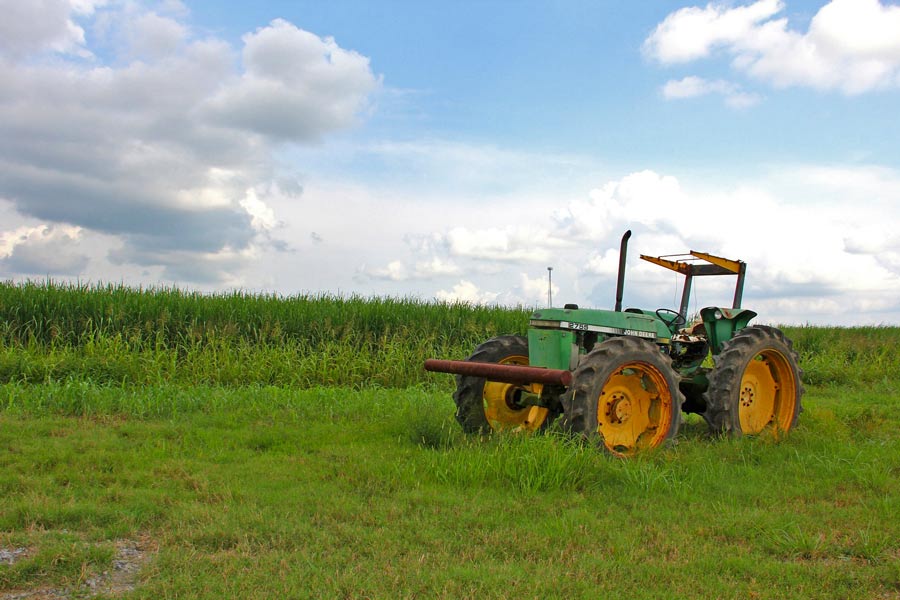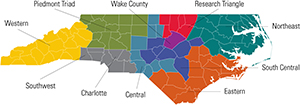“Farm life” can evoke an image of fresh air, unrestricted spaces and rewarding hard work. Yet, farming ranks among the most dangerous industries. The Bureau of Labor Statistics reports that agricultural workers have a fatality rate seven times higher than all workers: 23.2 deaths per 100,000, as compared to only 3.3. Five hundred workers in agricultural operations died from work-related injuries in 2013; tractor overturns are the leading cause of death for farmers and farm workers.
In order to address the hazards that agricultural workers face each day, we need to start talking about safety and health on the farm on a regular basis. Training on safe work practices doesn’t necessarily need to be in a classroom environment; it can easily be included in discussions at the beginning of each work day. “Tractor Talks,” a new safety resource for agricultural workers, offers reminders of safe and meaningful practices that can help workers avoid potential hazards.
The “Tractor Talk” instructional materials are a hybrid between informal learning and formal training. They offer farm owners and operators an opportunity to create a meaningful connection with their workers, around agricultural safety topics. The materials include information on twelve common agricultural hazards:
- Confined Spaces
- Environmental Safety
- Ergonomics
- Grain Bins and Silos
- Hazardous Equipment
- Heat Exposure
- Ladder Safety
- Noise Exposure
- Pesticides and Chemicals
- Respiratory Illnesses
- Sanitation and Hygiene
- Farm Vehicle Safety
Each topic includes a one-page handout, a shorter Quick Card, wallet cards and a PowerPoint presentation.
Best of all, these materials are absolutely free thanks to an OSHA Susan Harwood Training grant. They are available on a mobile-friendly website, or can be downloaded and printed.
Visit Tractor Talks website to download these free materials in an electronic format.
Help keep our farm workers safe!
This material was produced under grant number SH-27619-15-60-F-37 from the Occupational Safety and Health Administration, U.S. Department of Labor. It does not necessarily reflect the views or policies of the U.S. Department of Labor, nor does mention of trade names, commercial products, or organizations imply endorsement by the U.S. Government.



